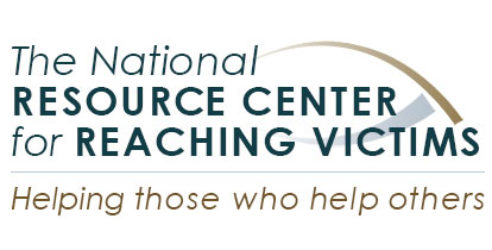Supporting Deaf & DeafBlind Survivors
Deaf people are 1.5-5 times more likely than hearing people to experience domestic and sexual violence. Despite being at greater risk, they face significant barriers to accessing victim services. Many mainstream hearing programs want to serve Deaf survivors, but are often unaware of the unique experiences and cultural values of Deaf survivors and are not prepared to provide sign language interpretation.
The Vera Institute of Justice brought together some of the country’s leading experts in supporting Deaf and DeafBlind survivors to answer the field’s most pressing questions about how to support survivors from these communities and best practices for finding and working with qualified interpreters. We created a series of videos about Deaf and DeafBlind culture, best practices for working with Deaf and DeafBlind survivors, and how to find qualified interpreters. There is also a panel discussion highlighting key factors that contributed to a successful partnership between a hearing and Deaf organization.
This video series features five leaders in the Deaf and DeafBlind communities: Roberta Eaton and Najma Johnson with DAWN, Liam Esposito and Amber Hodson with DeafHope, and Raylene Lotz with the Vera Institute of Justice. The videos were filmed in American Sign Language and created by a Deaf video producer, Elizabeth Sorkin.
To make them more accessible for a hearing audience, voice over audio was added. Closed captions are also available.
Watch the Videos
Understanding Deaf & DeafBlind Cultures and Communities
These videos provide foundational information for any hearing person working with Deaf and DeafBlind communities, including defining and providing examples of Deaf culture, the diversity in Deaf communities, and the communication needs and common experiences of DeafBlind survivors.
Working with Deaf and DeafBlind Survivors
This video series answers questions frequently asked by hearing service providers about working with Deaf and DeafBlind survivors, such as how hearing advocates can best support survivors from these communities and what hearing organizations can do to improve their response to Deaf and DeafBlind folks.
Supporting DeafBlind Survivors
These videos provide information specifically about working with DeafBlind survivors, including communication needs, common experiences and barriers, and best practices for supporting survivors from this community.
Basics of Sign Language Interpreting & Working with Interpreters
Two interpreters answer questions about best practices for finding and working with interpreters, including the role of interpreters, interpreter qualifications, and why most interpreting jobs require two interpreters. They also address the impact on Deaf and DeafBlind survivors when programs say they cannot afford interpreters.
What It Takes for Deaf and Hearing Organizations to Partner
In this video, leadership from hearing and Deaf anti-violence organizations reflect on the factors that have contributed to their more than five-year collaboration. The recommendations they provide can serve as a roadmap for hearing and Deaf organizations that are interested in building a sustained collaboration to create a more culturally responsive and inclusive approach to gender-based violence in the Deaf community.

